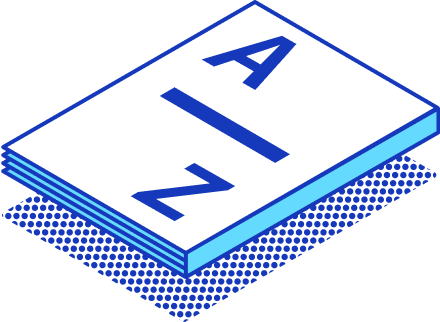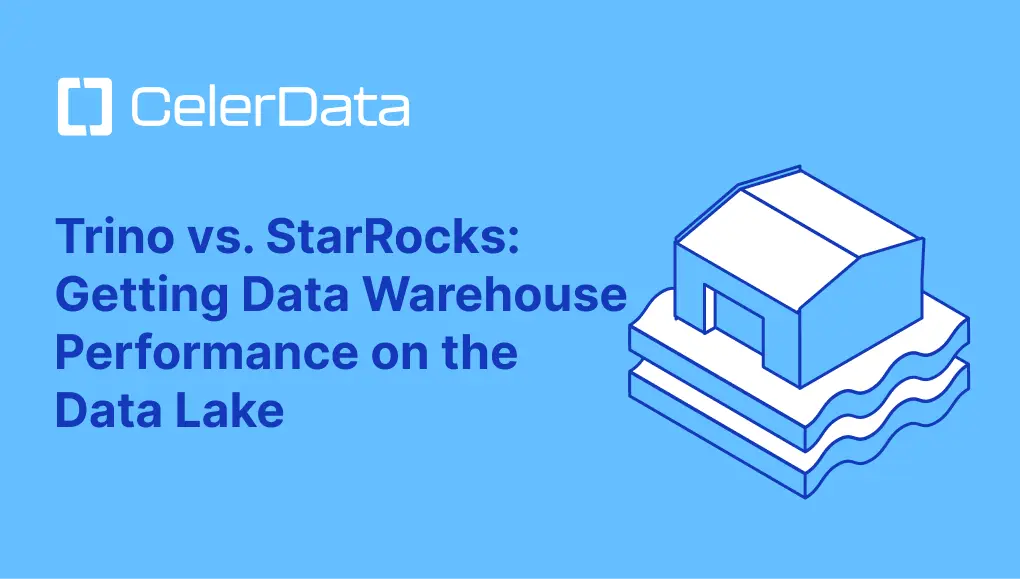
Data Vault 2.0: Advantages and Challenges Uncovered

Join StarRocks Community on Slack
Connect on SlackData Vault 2.0 offers a modern approach to data management, providing both benefits and challenges. You will find it highly scalable, making it ideal for organizations that generate large amounts of data, such as financial services. Its ability to expedite data delivery has led to its adoption by 45% of leaders. However, understanding its complexities is crucial. This knowledge helps you make informed decisions about integrating Data Vault 2.0 into your data management strategies, ensuring you leverage its full potential while navigating any challenges.
Advantages of Data Vault 2.0
Scalability
Handling large volumes of data
Data Vault 2.0 excels in managing vast amounts of data. You can efficiently handle large datasets by leveraging its architecture, which separates data into distinct layers. This separation allows for parallel processing, ensuring that your system remains responsive even during peak data loads. As your data grows, Data Vault 2.0 scales seamlessly, maintaining performance and reliability.
Supporting business growth
As your business expands, so does your data. Data Vault 2.0 supports this growth by providing a scalable framework that adapts to increasing data demands. You can integrate new datasets effortlessly, ensuring that your data infrastructure keeps pace with your business needs. This scalability empowers you to focus on strategic growth without worrying about data management constraints.
Flexibility
Adapting to changing business requirements
In today's dynamic business environment, adaptability is key. Data Vault 2.0 offers the flexibility you need to respond to evolving business requirements. Its architecture allows you to make changes quickly and efficiently, ensuring that your data model aligns with your current objectives. This adaptability helps you stay competitive and responsive to market shifts.
Integrating diverse data sources
Data Vault 2.0 shines in environments with diverse data sources. You can integrate data from various platforms, including traditional databases and modern big data systems. This capability ensures that you have a comprehensive view of your data landscape, enabling informed decision-making. By unifying disparate data sources, you enhance your ability to derive valuable insights.
Auditability
Ensuring data integrity
Maintaining data integrity is crucial for any organization. Data Vault 2.0 provides robust mechanisms for tracking data changes, ensuring that you have a clear record of data history. This auditability enhances trust in your data, allowing you to rely on accurate information for critical decisions. You can confidently trace data lineage and verify data accuracy.
Facilitating compliance with regulations
Compliance with regulations is a top priority for many industries. Data Vault 2.0 facilitates compliance by offering transparent data management practices. You can easily demonstrate adherence to data governance standards, reducing the risk of regulatory penalties. This capability not only protects your organization but also builds trust with stakeholders.
Challenges of Data Vault 2.0
Complexity
Understanding the data model
Data Vault 2.0 introduces a unique data modeling approach. You may find it challenging to grasp initially. The model's structure, which includes hubs, links, and satellites, requires a shift from traditional data modeling methods. This complexity can pose difficulties, especially if you're accustomed to simpler models. However, once you understand the components and their interactions, you can appreciate the model's robustness and flexibility.
Managing the implementation process
Implementing Data Vault 2.0 involves several steps. You need to carefully plan and execute each phase. This process can be daunting without a clear roadmap. You must consider factors like data source integration, system architecture, and resource allocation. Proper management ensures a smooth transition and minimizes disruptions. By breaking down the implementation into manageable tasks, you can effectively oversee the process and achieve successful outcomes.
Learning Curve
Training requirements for teams
For your team to effectively use Data Vault 2.0, training is essential. The methodology differs significantly from other data management approaches. You should invest in comprehensive training programs. These programs equip your team with the necessary skills and knowledge. As an expert in data management noted, "Proper training and resources are essential to harness their full potential." By prioritizing education, you empower your team to leverage Data Vault 2.0 effectively.
Time investment for mastering the methodology
Mastering Data Vault 2.0 takes time. You must dedicate resources to learning its intricacies. This investment pays off in the long run. As you become proficient, you can optimize data processes and improve efficiency. Patience and persistence are key. By gradually building expertise, you position your organization to fully benefit from Data Vault 2.0's capabilities.
Potential Performance Issues
Query performance concerns
You might encounter performance issues when querying data in Data Vault 2.0. The model's complexity can lead to slower query times. This is particularly true if your system isn't optimized. You should monitor query performance regularly. Identifying bottlenecks early allows you to address them promptly. By doing so, you ensure that your data retrieval processes remain efficient and effective.
Optimization strategies
To mitigate performance concerns, you can implement optimization strategies. These strategies include indexing, partitioning, and caching. By applying these techniques, you enhance query speed and system responsiveness. Regularly reviewing and updating your optimization practices keeps your data infrastructure running smoothly. With the right strategies in place, you can maintain high performance levels and maximize the benefits of Data Vault 2.0.
Conclusion
Data Vault 2.0 provides a modern solution for data management with its scalability, adaptability, and auditability. You can handle large data volumes and adapt to changing business needs. However, you must consider the complexities and learning curve involved. Weigh the benefits against the challenges to determine if Data Vault 2.0 aligns with your data management goals. By understanding its strengths and potential hurdles, you can make informed decisions about its implementation in your organization.

.webp)

